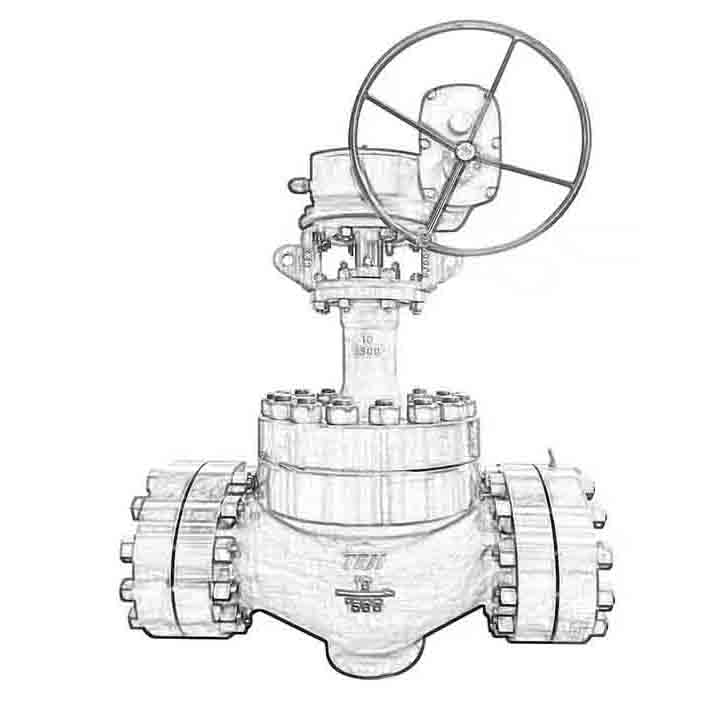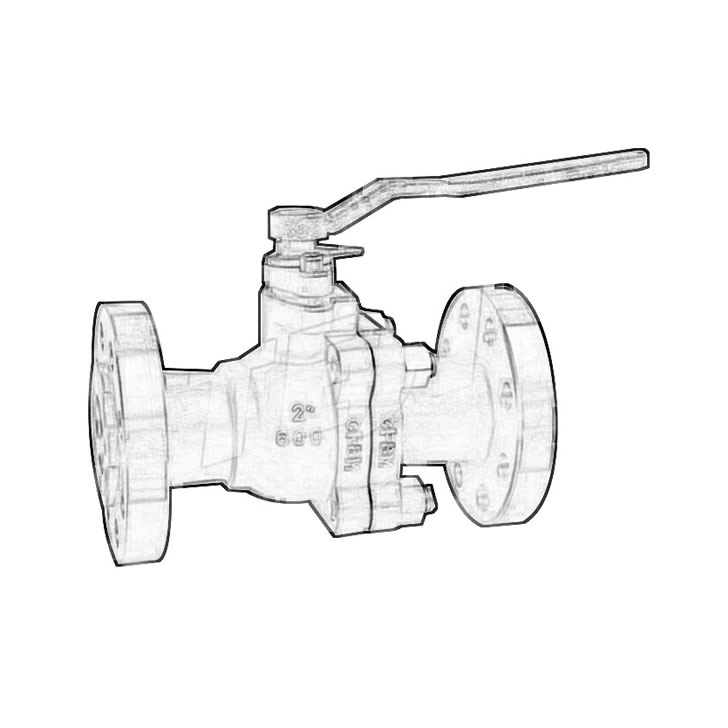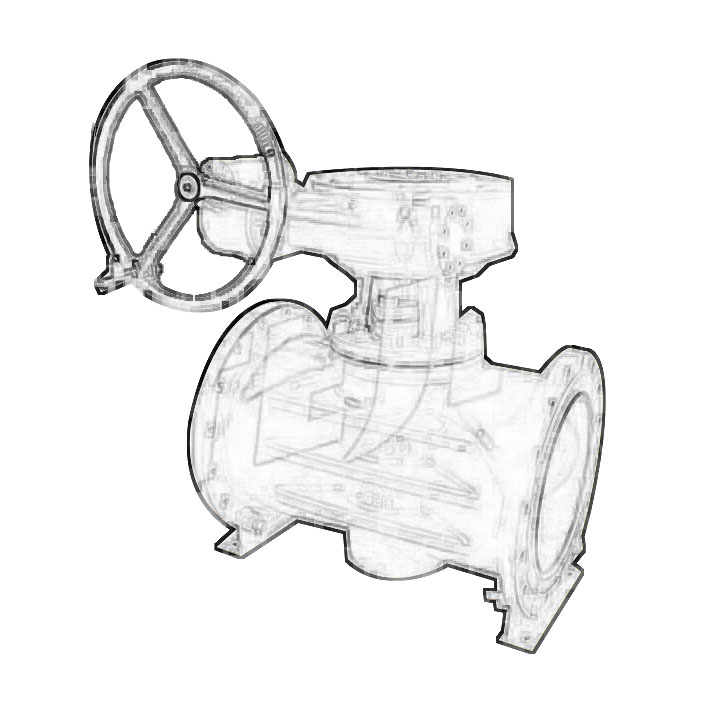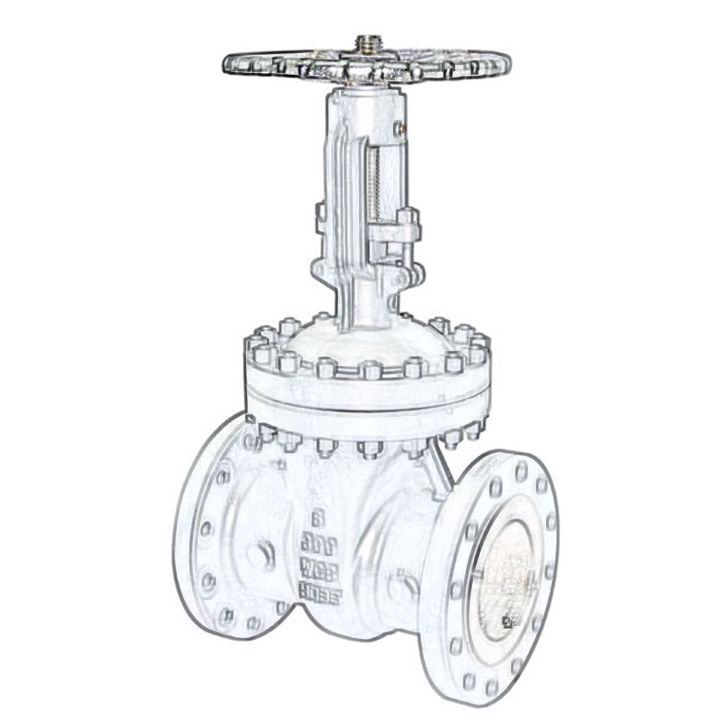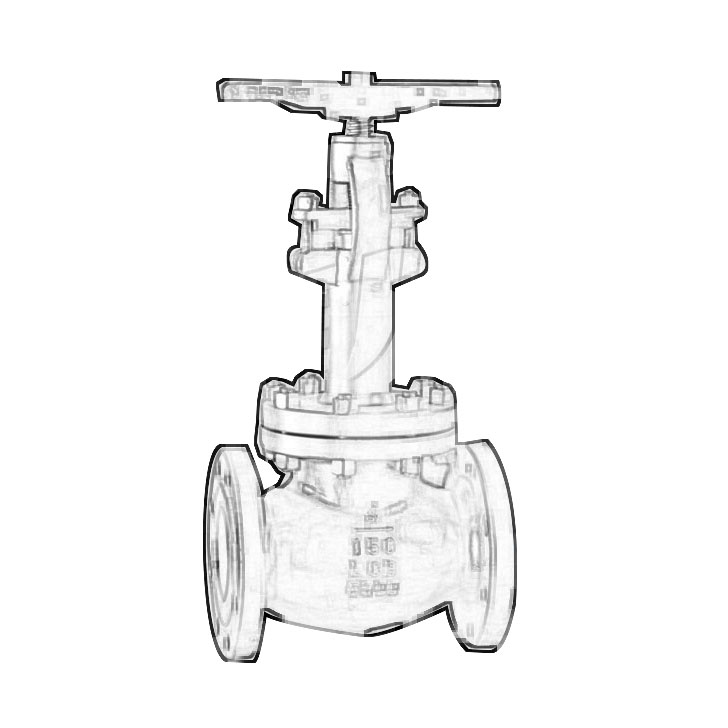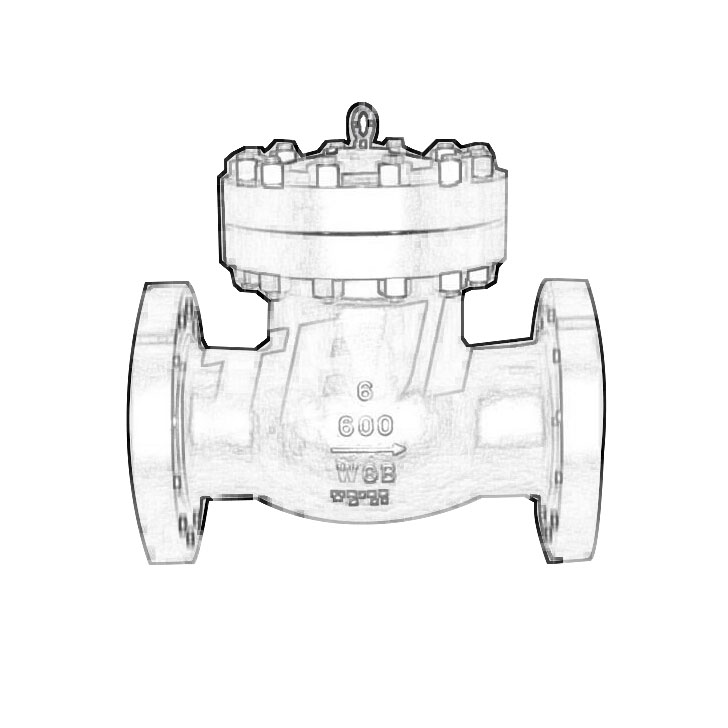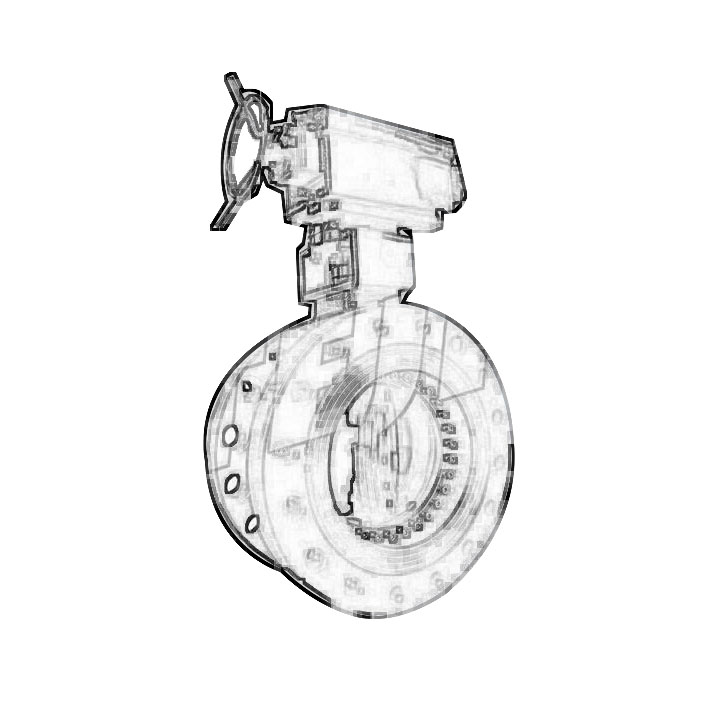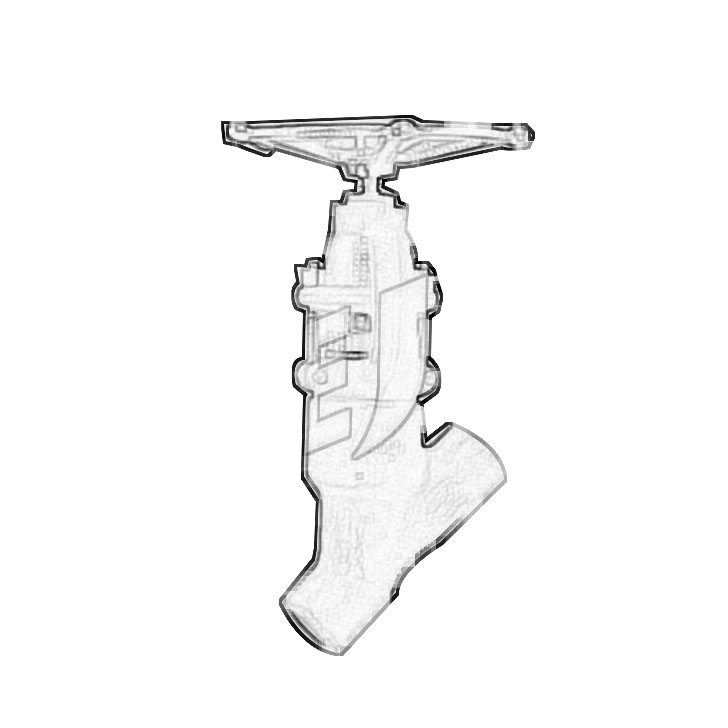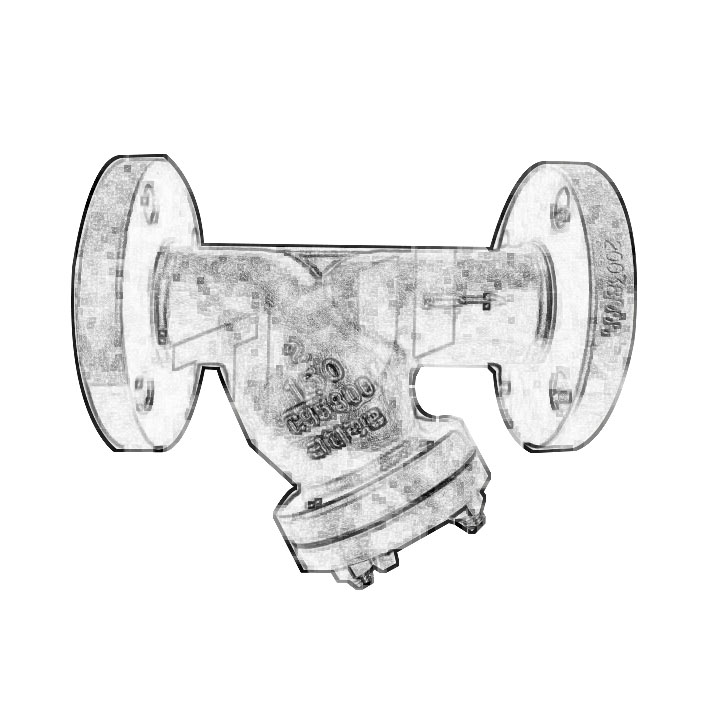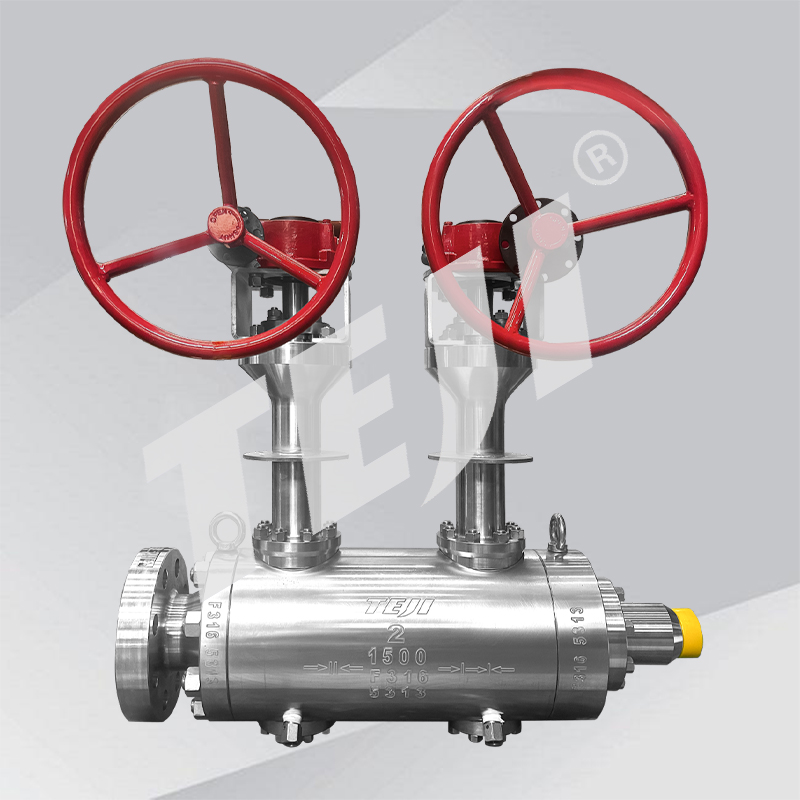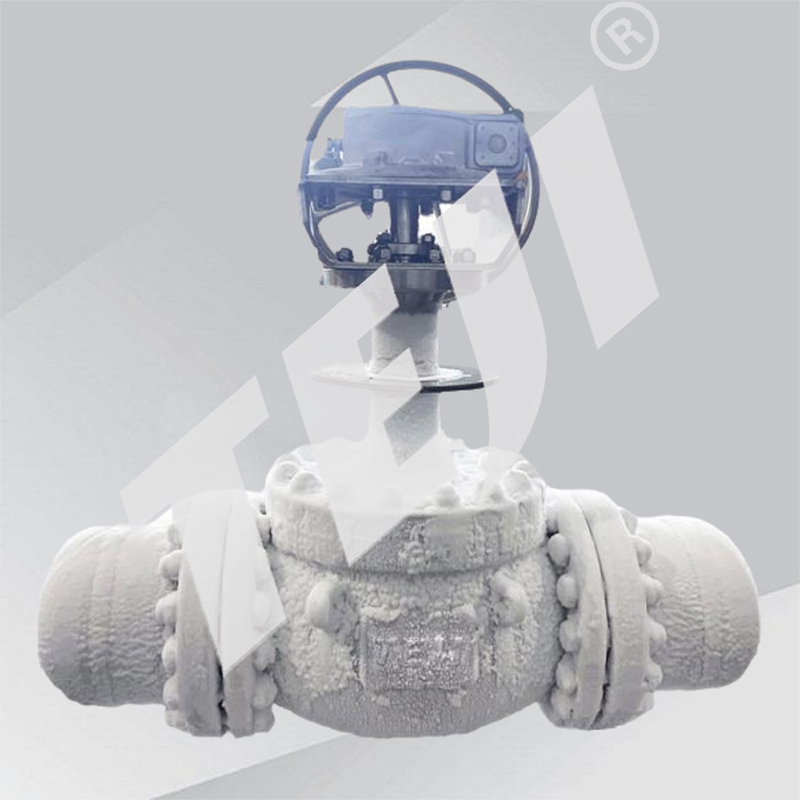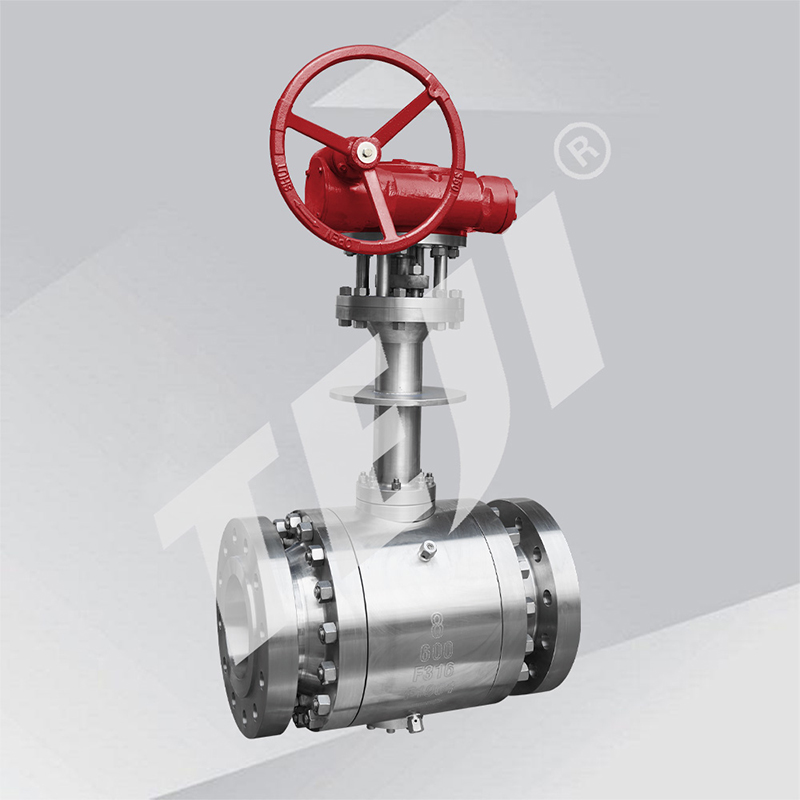Product Detail
Cryogenic Double Block & Bleed Ball Valves
Cryogenic Double Block & Bleed Ball Valves are aimed to get a double barrier on the piping, and bleed the fluid trapped between the two balls from a dedicated drain line.
- category :Cryogenic Ball Valves
- Email :teji@teji-valve.com
- Phone :+86-577-67354000
- fax :+86-577-67354001
Cryogenic Double Block & Bleed Ball Valves are aimed to get a double barrier on the piping, and bleed the fluid trapped between the two balls from a dedicated drain line.
Valve design can be either Trunnion or Floating type, anti blow-out stem and typically SPE seat design. Drain port is normally provided with a floating ball valve, to be fitted with final user drain line. Valve seats can be soft or metal hard-faced.
DBB is the short name of double block & bleed ball valve.
It is a valve of double block and bleed standard valve under Oil & Gas Industry. Acc. to standard API 6D, single valve with two seating surfaces that, in the closed position, provides a seal against pressure from both ends of the valve with a means of venting/bleeding the cavity between the seating surfaces.
That is, there are two valve seat sealing surfaces, in the closed position, by releasing the valve cavity between the two sealing surfaces, can resist the pressure from both ends of the valve.
Note: This valve does not provide true double isolation when only one end of the valve is stressed.
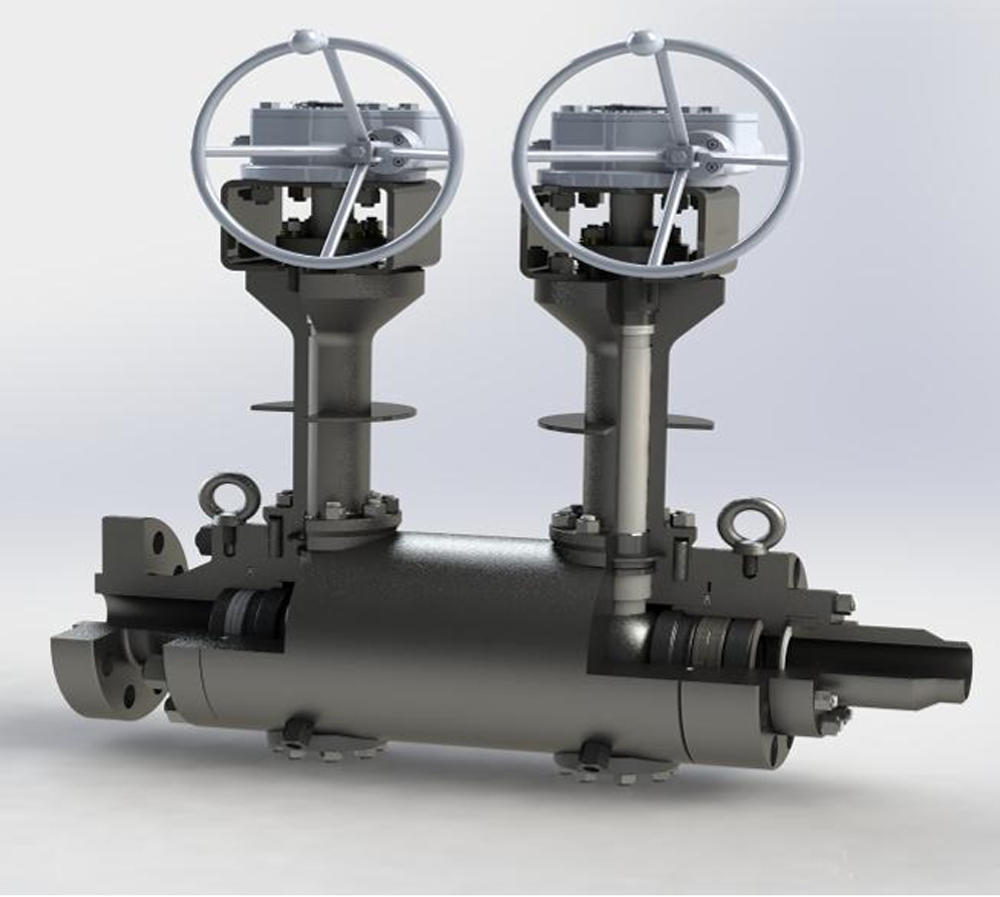
VALVE DESIGN
API 6D, API 6A, ASME B16.34, ISO 14313, ISO 10423, ISO 17292
TEMPERATURE RANGE
-320.8 to 356°F (-196 to 180°C)
SIZE
NPS 1”-12” (DN 25-300)
PRESSURE RATING
ASME Class150 - ASME Class2500
FACE-TO-FACE
As per API 6D / GOST Standard / Customized Standard.
END CONNECTIONS
RF, RTJ as per B16.5 &B16.47
BW, Butt Welded as per B16.25
SW, Socket Welded as per B16.11
MATERIALS
Stainless steel, Duplex and Super Duplex
Nickel alloys, Titanium
BODY DESIGN
Forged bolted two-piece and three-piece, and Top Entry
SEAT DESIGN
Soft or metal seated with Hard facing on ball and seats
SPE / DPE
Combination seats
FEATURES
Double block and bleed design (DBB)
Secondary seals in pure Graphite
Anti-Static Device
Anti Blow out stem
Low fugitive emission stem packing available
Lip seals and Graphite configuration
CRA overlay on all dynamic sealing areas or on all wetted parts available
Extended bonnet for low temperature available
OPERATOR
Manual: wrench or Gear with padlocking
Actuated: Pneumatic/ Hydraulic/Electric
TESTING & CERTIFICATIONS
Compliance with inspection and testing API 6D, ISO 5208,API 598,BS6364&MESC SPE 77-200
Fire safe and fire tested as per API 607/API6FA
SIL 3 Certification as per IEC61508
Fugitive Emission as per ISO15848
PED 2014/68/UE Annex III, Module H
WHERE ARE DOUBLE BLOCK AND BLEED VALVES USED?
DBBs are commonly used in the oil and gas industry, but can also be used in other industries where pipeline isolation is critical and no leakage occurs. These requirements are often required when dealing with high-pressure systems, toxic or hazardous media, and when isolation maintenance and calibration are required while keeping the rest of the piping system running. There are many applications in upstream and downstream offshore/onshore oil and petrochemical production, transmission and storage, and industrial processing of natural gas.
More specifically, DBB applications typically include bypass loops for instruments, such as flow meters or manometers, that need to be calibrated at defined intervals. Isolate upstream pressure, provide a backup seal, and release captured pressure for removal or work downstream where unpressurized. Due to the nature of the application, a second seal is desirable. Viscous and corrosive media can increase clogging and/or seal failure. A second isolation valve improves safety during routine maintenance operations. This is an important example of understanding the API definition and the intended use of a manufacturer's product. The above applications should be met by using DIB valves, while DBB valves, such as trunnion ball valves with self-venting seals, have the potential for the first seal to leak and the exhaust valve to clog. This can cause the upstream pressure to overcome the spring to create a second seal, which can eventually damage the second seal. A popular solution is to use a self-operated ball, needle, or globe valve with an exhaust valve in the middle.
In conclusion, it is important to fully understand the definitions used to prescribe the type of valve, especially when dealing with pressure isolation. Proper use of large double shut-off bleed valves (DBB and DIB) can lead to a safer and more cost-effective piping system.
Welcome to our website. If you have any requests or suggestions,please feel free to email us at teji@teji-valve.com or use the following enquiry form. Please allow us to provide you with the best service.




